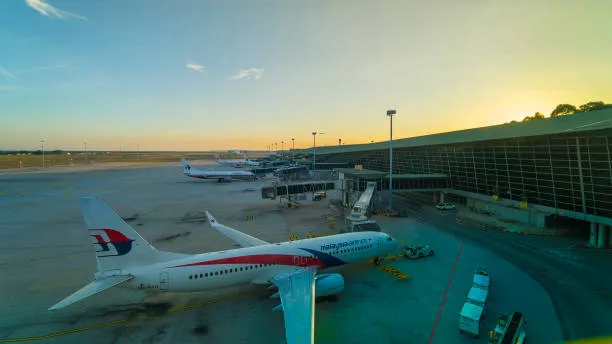The name “Croydon” seldom evokes images of a desirable destination. As Tom Chesshyre writes in his travelogue To Hull and Back, which explores the less-celebrated corners of Britain, “I’m certain that of all the places I’ve visited, I’m least likely to return to Croydon.”
Located in south London, Croydon is often derided for its unremarkable high-rise skyline, a result of a surge in office construction from the late 1950s to the early 1970s.
While the eastern part of Croydon features a modest hotel district, highlighted by glowing signs for Leonardo and Hampton by Hilton, few guests are drawn to explore the town. Most are merely passing through, staying overnight to catch an early flight from Gatwick Airport, situated just 16 miles southwest. Opting for a stay in Croydon is a cost-effective alternative to booking an airport hotel.
Gatwick Airport, however, is a recent development in the area’s history. A mile and a half southwest of Croydon’s contemporary hotels stands a Neoclassical structure along the bustling Purley Way road.
This building houses the Aerodrome Hotel, the world’s first purpose-built airport hotel. Once frequented by pilots with colorful nicknames like “Dizzy” and “Scruffy ‘the Undertaker’ Robinson,” the bar was a hub for aviation professionals sharing tales of dense fog and near-misses, with their caricatures proudly displayed behind the bar. Although the Aerodrome Hotel remains a historic landmark, its role in aviation history is now largely overshadowed by the modern realities of travel.
Related topics:
What Is Mexican American Culture
What is American Individualistic Culture

